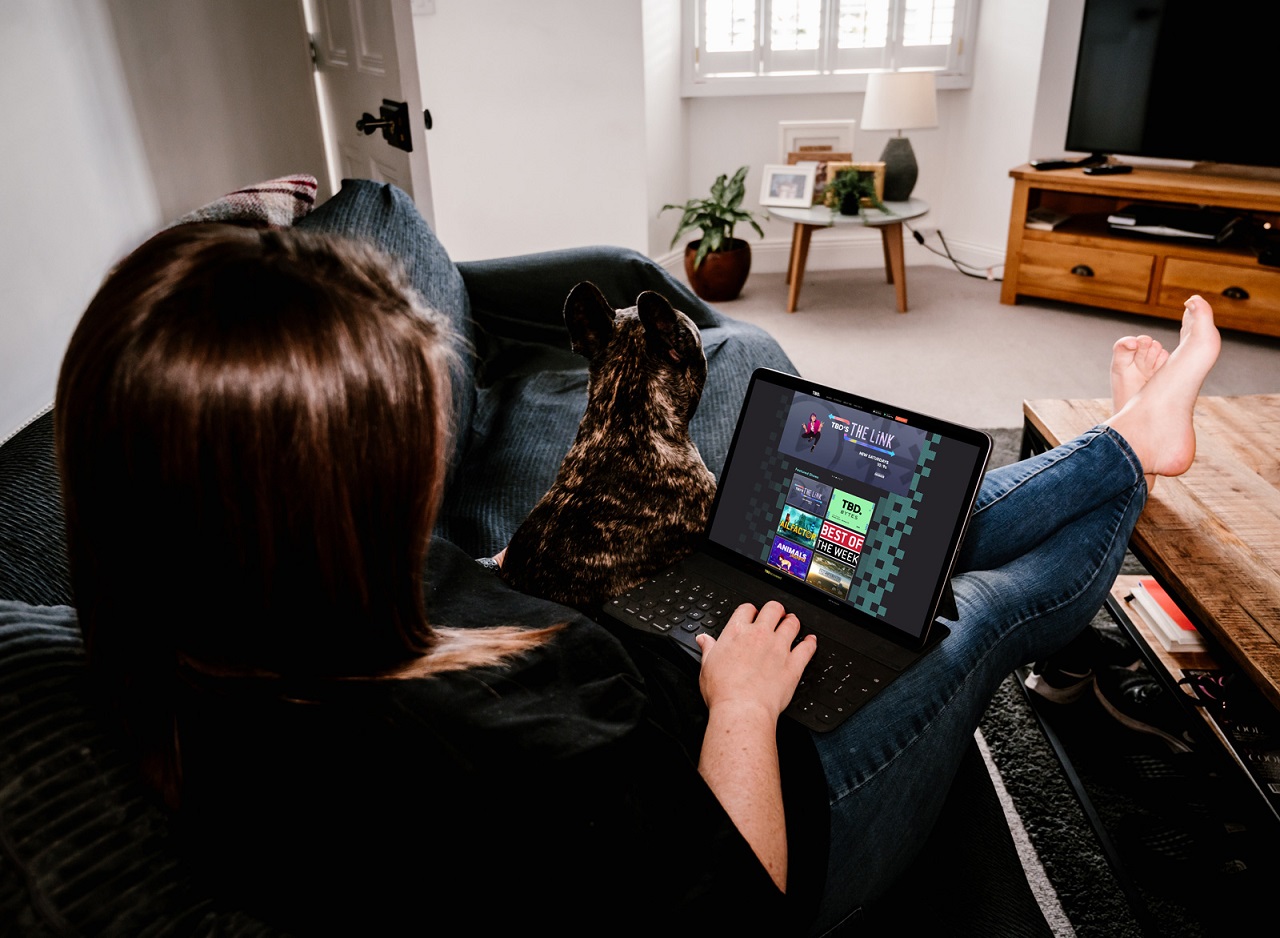6 Top Tips for Winning at OTT, Remastered for 2020
Back in 2016, Axonista’s CEO Claire McHugh wrote about OTT as the future of linear. She predicted that ”eventually even the living room TV will catch up and become an interactive device” And she wasn’t wrong. By 2018, 70% of the televisions being sold around the world were smart TVs, according to Statista.
While the stats might have caught up with the predictions, the fundamentals for brands coming to play in the OTT space remain the same. Those who want to win have to put viewer experience before everything else. Any OTT offering needs to be good enough to entice viewers to keep coming back
What has changed in the past four years, is viewer expectations. These are even higher than before. With more and more brands committed to providing excellent OTT experiences, the bar is high. Pushing video into an app isn’t all that hard, in fact, it gets easier every day. Thinking about how your viewer will want to engage with your video content is a different matter entirely.

The future of video is interactive. The future is here, just unevenly distributed. We are even closer to the day when we will look back on TV with non-touchable baked-in graphics and wonder how we partook in such a one-way experience for so long.
The challenge is thus: How can we embrace the opportunity of OTT, to create storytelling experiences that are better than ever before? How can we deliver immersive, engaging, connected experiences through the power of video?
Here are our 6 top tips for winning at OTT, revised and remastered for 2020.
1.Don’t let interactivity get in the way
Interactive OTT enables new revenue streams, such as shoppable video, individually targeted advertising, and clever non-intrusive sponsorships. It’s ideally suited for key verticals like fashion, sports merchandise, news and entertainment. If you can engage with a viewer when they are in the moment, you can tap into truly incredible conversion rates. We drove 25% conversion to basket in a recent shoppable video app for a fashion customer.
However if your video commerce functionality isn’t seamless or easy to use, it’s just going to get in the way and have the opposite effect.
2. Build a tribe of brand advocates
Once video becomes interactive, it becomes a two way experience. Empower audiences and enable users to feel like they belong. User generated content turns a viewer into a brand advocate. Enable customized profiles and the sharing of favorite content recommendations to tap into the benefits of user-generated-content across multiple social channels. Teasers and trailers come in handy for enabling social posts of gated content. By encouraging power users to emerge and providing them with the tools to share, you open the door to having your very own brand ambassadors.

3. Embrace live (or nearly live)
Even pure-play on-demand services can embrace the live streaming phenomenon. Having a face — either homegrown talent or an Internet influencer — reinforces the human nature of the brand and creates a reason to keep users coming back. A scheduled weekly co-viewing of a select VOD asset at a regular time can create opportunities for users to connect by watching together. When Oxfam launched Fashion Relief TV, it was broadcast as ‘live’ on the web every Friday evening at 7pm. This created a sense of community, as people all watched together at the same time. This also built a sense of excitement and demand, as shoppers waited for the latest bargains to go ‘live’ as part of the show.
4. Be consistent — and disciplined
Now more than ever, user experience is as much a part of a brand as the logo, ad campaigns or any other customer-facing assets. It’s essential to ensure that your digital product is consistent across all devices so that the brand is recognizable. At the same time be mindful of the ecosystem you’re working on. While remaining true to your brand, make sure that an Apple TV app feels like an Apple TV app, while an Android phone app feels like an Android phone app.
This is the discipline that’s required for a software product to be successful. In these fields, features are ruthlessly interrogated to ensure they are worth the effort needed to add and maintain across a number of platforms and for the lifetime of the product. Feature creep is also a danger. Just because something is new, doesn’t necessarily mean it’s better or even necessary. Be consistent. Be disciplined. Be empowered to say “no”.
5. TV apps should still feel like TV
Part of the enduring appeal of linear TV is that it’s ubiquitous. It’s simple and familiar enough that practically everyone can figure it out and enjoy it. Just because digital products can do pretty much anything, doesn’t mean they should.
Beautiful design and the proper application of clever technology can certainly lift your user experience above that of your competitors. It can help retain your users and turn them into better customers. It can even encourage them to spread the good word of your brand. But it must be kept simple, subtle and not get in the way of the content.
6. Be authentic – respect the content
Even if you manage to nail steps one to five above, none of this matters if the heart of your OTT effort is overlooked. And at the heart of everything is the story. That means that it’s up to you to respect the content, and the context!
You might have an awesome interactive video experience with clever yet subtle interactions, and the most beautiful UI on the block. However, what makes people return is always going to be a combination of the content and how it’s treated in the app. This is probably the most important lesson. It’s something that some of the world’s biggest brands still manage to get wrong. There’s a beautiful symmetry needed to the content and the overall experience. If it feels like the publisher is just pushing content into an app for the sake of it, it’s unlikely to succeed.
Never get so caught up in the technology that you forget about what’s important. OTT applications are making what once seemed impossible, possible. However, that doesn’t mean that OTT is now the narrative. The technology is what enables the experience but it shouldn’t ever be the totality of the experience. It is up to you to make sure that the content and the art of storytelling is at the heart of things. You need to demonstrate that you understand and value this content enough to create authentic user experiences. This, and only this will ensure your viewers connect deeply and with meaning to the product that brings them closer to the story.
The future of OTT is now, and there’s everything to play for, with the right commitment to exceptional user experiences that respect the content, and the channel.
The possibilities for interactive storytelling experiences are endless. Let’s set the bar high!
To find out how Axonista can help you launch your OTT platform, get in touch with us


